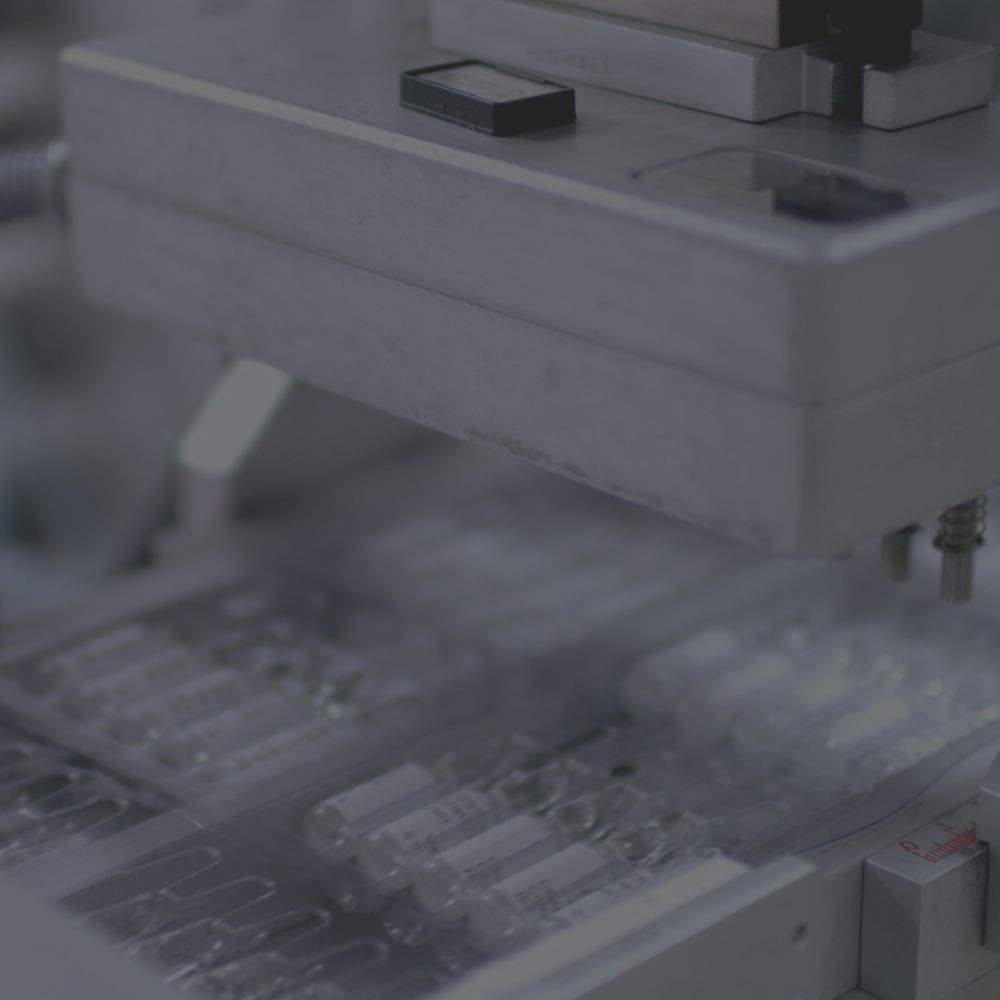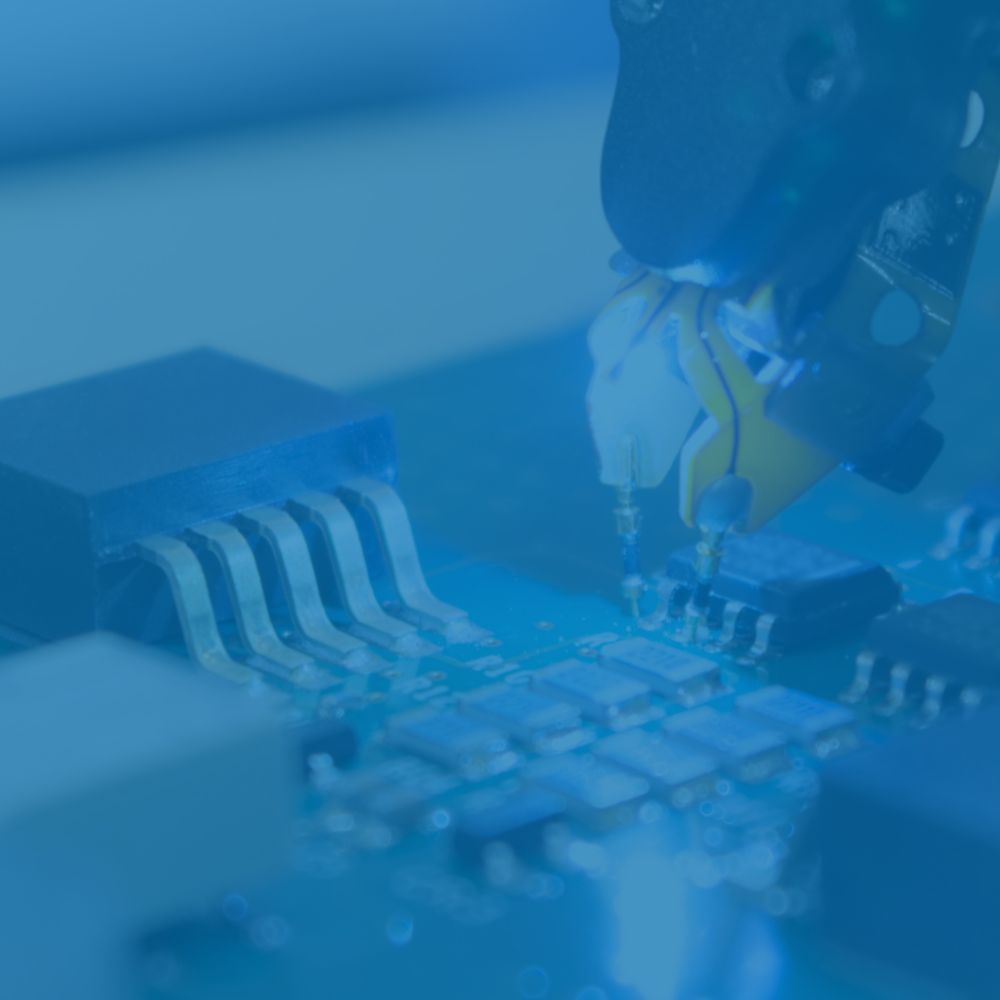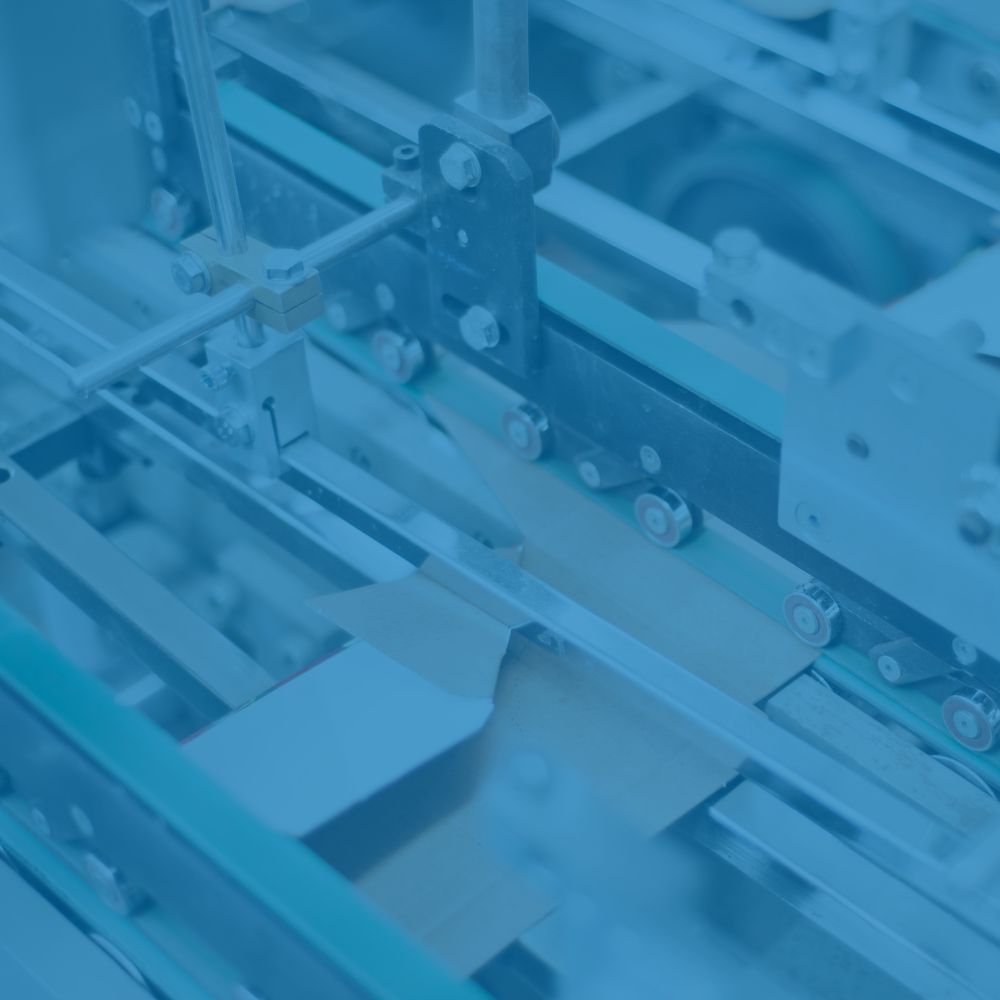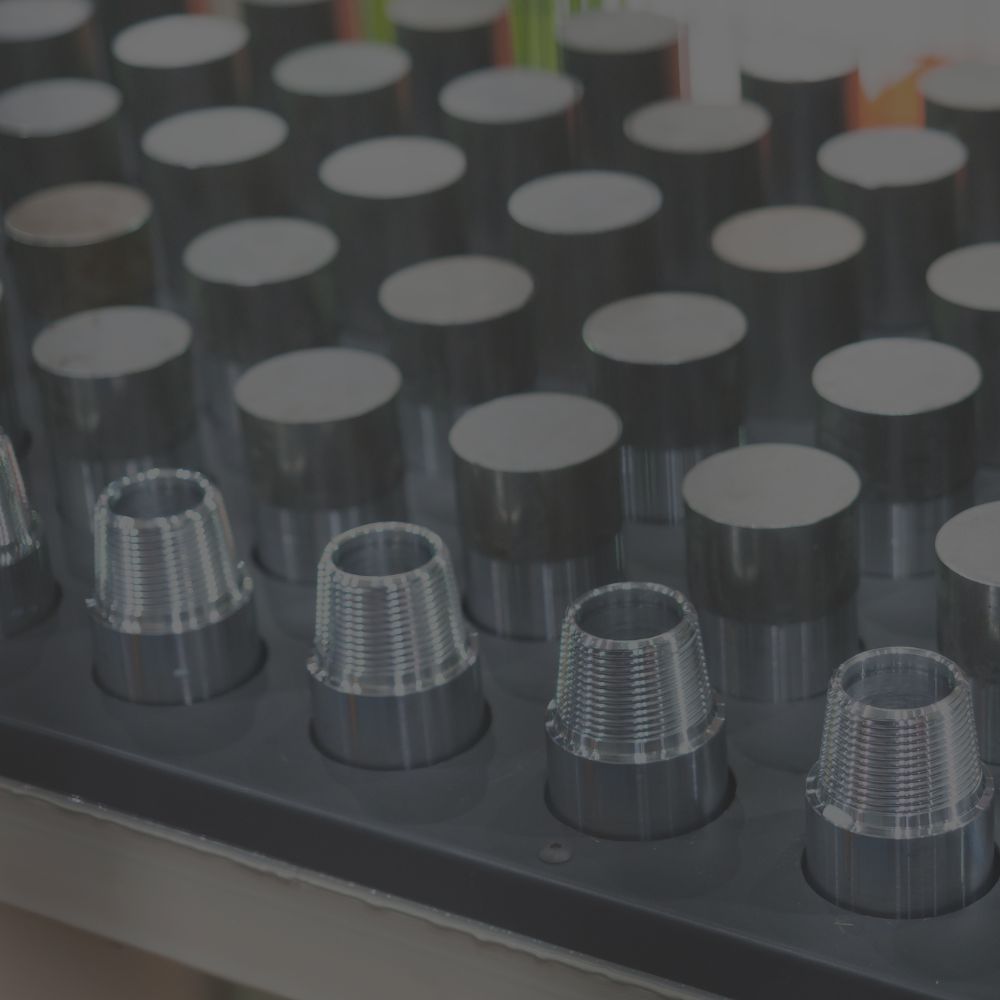Proven processes for smooth delivery
Engineering and design expertise
Opportunities With Robotics
Automated Manufacturing Solutions for Advanced Part Assembly
With so many potential assembly solutions and customizations (including the addition of robotics), manufacturers typically prefer to configure their manufacturing lines with an intentional mix of manual, semi-automated and fully automated systems each dedicated to specific tool processes. Manufacturers will choose their desired levels of automation based on business factors such as labor availability, operating costs, efficiency thresholds, quality compliance requirements and customer expectations.
From there, manufacturers work with integrators such as AMS to develop the ideal mix of systems that can fulfill these business needs, and all technical product needs as well.
As an example of varying automation levels selected for different tool processes in the same manufacturing plant, here’s a quick lineup of systems we supplied on a recent project:
High-Volume Ultrasonic Plastic Welding
AMS’ PJ-401 Plastic Joining system is a high-volume ultrasonic plastic welding solution serving applications that require precise welding profiles and specifications, exact locations, high levels of error-proofing and repeatability to ensure consistent welding. The PJ-401 offers larger part sizes, higher volumes, shorter cycle times, advanced recipe-driven PLC controls and extensive data reporting.
Low-Entry Cost Precision Fastening
AMS’ PF-201 Precision Fastening system is a basic, low-entry-cost precision fastening machine, designed to solve ergonomic and consistency demands in single-tool, small-scale applications. The screwdriver is mounted onto a manually positioned tool balancer arm, with controller-managed torque and quick-change tool ends. Our PF-201 is a great selection for entry-level automation of low-volume, high-precision applications such as automotive and industrial component assembly.
PLC-Controlled Insertion
AMS’ PM-401 Semi-Automated Press system is a PLC-controlled, pneumatic cylinder-pressed insertion solution for higher production capacities and insertion forces. Designed with independent and customizable tooling plates, the PM-401 can fit large parts with multiple different insertion hardware positions. Additional features include built-in operator safety, error proofing, precise insertion depths to +/- 0.25mm, accurate repeatability and automatic reporting features.






